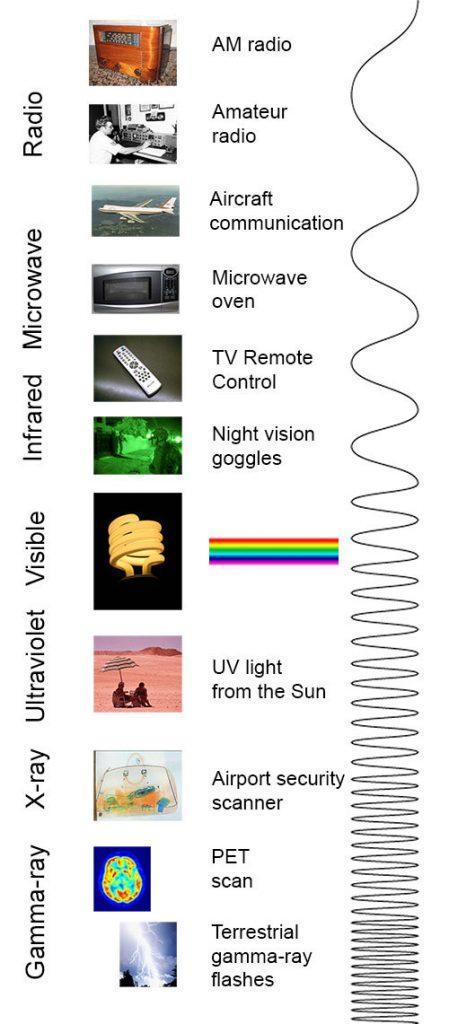Breathe in. It’s the smell of a good ol’ fashioned bonfire in the Oklahoma countryside. The crisp autumn air glides blissfully over the crackling fire as the gentle western breeze stirs the fallen leaves around you. Soothing chords from James Taylor’s Fire and Rain softly flow from the radio set atop an old cottonwood stump. Crickets echo their jovial midnight tunes as the owls hoot and howl in the not-so-distant woods. With a nice cold brew and a bag of marshmallows puffed for the pickin’, the stage is primed for a magical evening. Surrounded by a trove of your closest friends and family, you know this is the laid-back, worry-free life that folks dream about elsewhere. With the crackle of the fire and a stir of the timbers, a herd of luminous sparks course skyward on their migration towards the twinkling stars above.
The jewels of the night sky kiss your eyes with a display of wondrous beauty. But something catches your eye. A quaint and relatively dim star appears to move across the sky. It must be a satellite. It glides through Cassiopeia until it finally joins the shadow of our celestial home. The gentle breeze returns your attention to the warmth of the glowing fire.

“Hey, hey, listen”, one of your friends says. Everyone freezes.
“Do you hear that? Nothing”. You realize the cricket songs have faded into nothingness. The hair on the back of your neck raises; a primal sign, often accustomed to a sixth sense, danger is imminent. The music sputters on the radio. Static. Then, Sweet Baby James resumes. Everyone stares at it with mistrust. Mmmm. Mmmm. Your phone vibrates. Your parents are calling. It must be important at this time of night. “Hey, is everything ok?”, you say with a semi-worried tone.
“Are you watching the news…Hey, kiddo. We just wanted to see how you’re doing.” Something strange is happening. Mmmm. Mmmm. Mmmm. Your friends receive similar phone calls. They react in the same manner. “What’s going on?”, you say into the phone. “Oh, we’re just wanting to see where you’re at. That’s all.” You look at the news on your phone. It glitches, but everything seems normal.
Looking up, it’s daytime. You’re in your childhood home. You rise. How did you get here? You cautiously walk forward. Your leg burns…It’s on fire! You jump back and extinguish it. You can feel the heat of the fire and hear the sounds of its timbers. But you can’t see it; only your childhood home. You call out to your friends. They answer. None of you can see each other.
The radio begins to play Midnight, The Stars and You. You’re parents emerge from the kitchen with a freshly baked apple pie and smile. You know this isn’t real, but how can it not be. Ah-ha! You open Maps on your phone and geolocate. There’s a sinking feeling. You are, in fact, at your childhood home. How do you continue?
The experience we just shared is the central plot of a film I am currently developing. But unlike most thriller/horror films, this story is based on the scientific principles of physics and electromagnetism. Humans can see only a fraction of the EM spectrum. In fact, we can only see 0.0035% of the light that bombards both our planet and our bodies every second. The other 99.9974% includes the radio waves we communicate on as well as the powerful gamma rays emitted by cosmic events. During an astrophysics course at CU, I pondered what could happen if an ET was able to emit and absorb all wavelengths of light, including radio and visible.

Well, for starters, they could control every detail of the world you see. By absorbing every wavelength of light reflecting from objects around you and emitting selective light into your retina, you would only be able to see the objects, scenes, or people they wanted. Like a projector inside your head. Scary, right? But it doesn’t stop there.

If you communicate using a phone, radio, or walkie talkie, think again. Each and every one of these devices relies on the transmission of light from one source to another. Our hypothetical ET could easily manipulate, communicate, or destroy these means of communication. Try wax cylinders or vinyl records instead. If ET was feeling purely destructive, they could emit gamma rays that would destroy pretty much everything. Thankfully, this ability is near impossible.

Light is perhaps the most fundamental parts of our universe. Up until the last few years, light was our only way to unlock the mysteries of the universe. NASA and other space agencies use different telescopes tuned to nearly every wavelength of light to perform this daunting task. As we go about our daily lives, we often take this universal medium for granted. So, next time you turn on a light bulb, I challenge you to curiously think about the manner through which light plays a role in both your life and the universe in which we live. It might illuminate a new frequency of your being and, in doing so, could save us from the plot of this film.






























